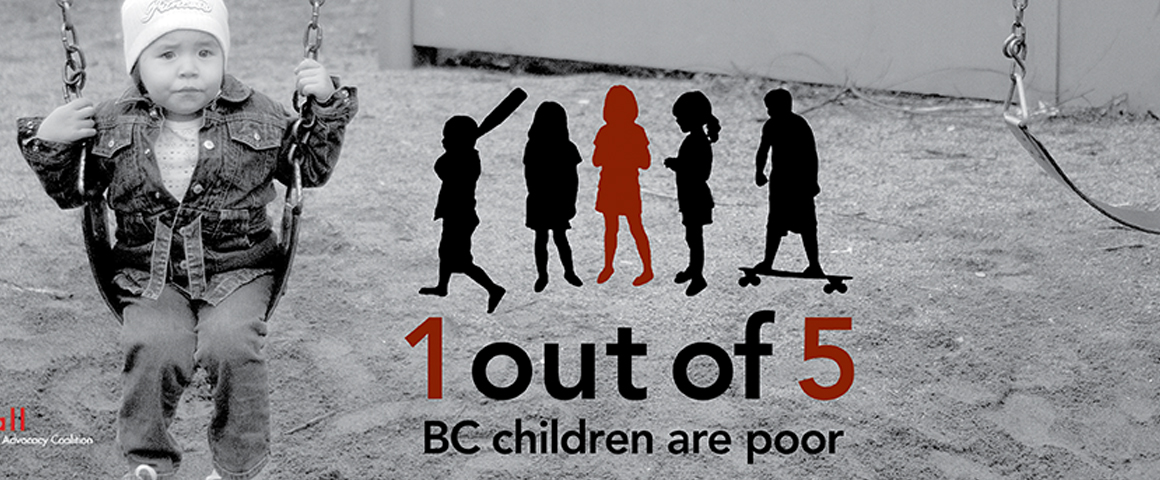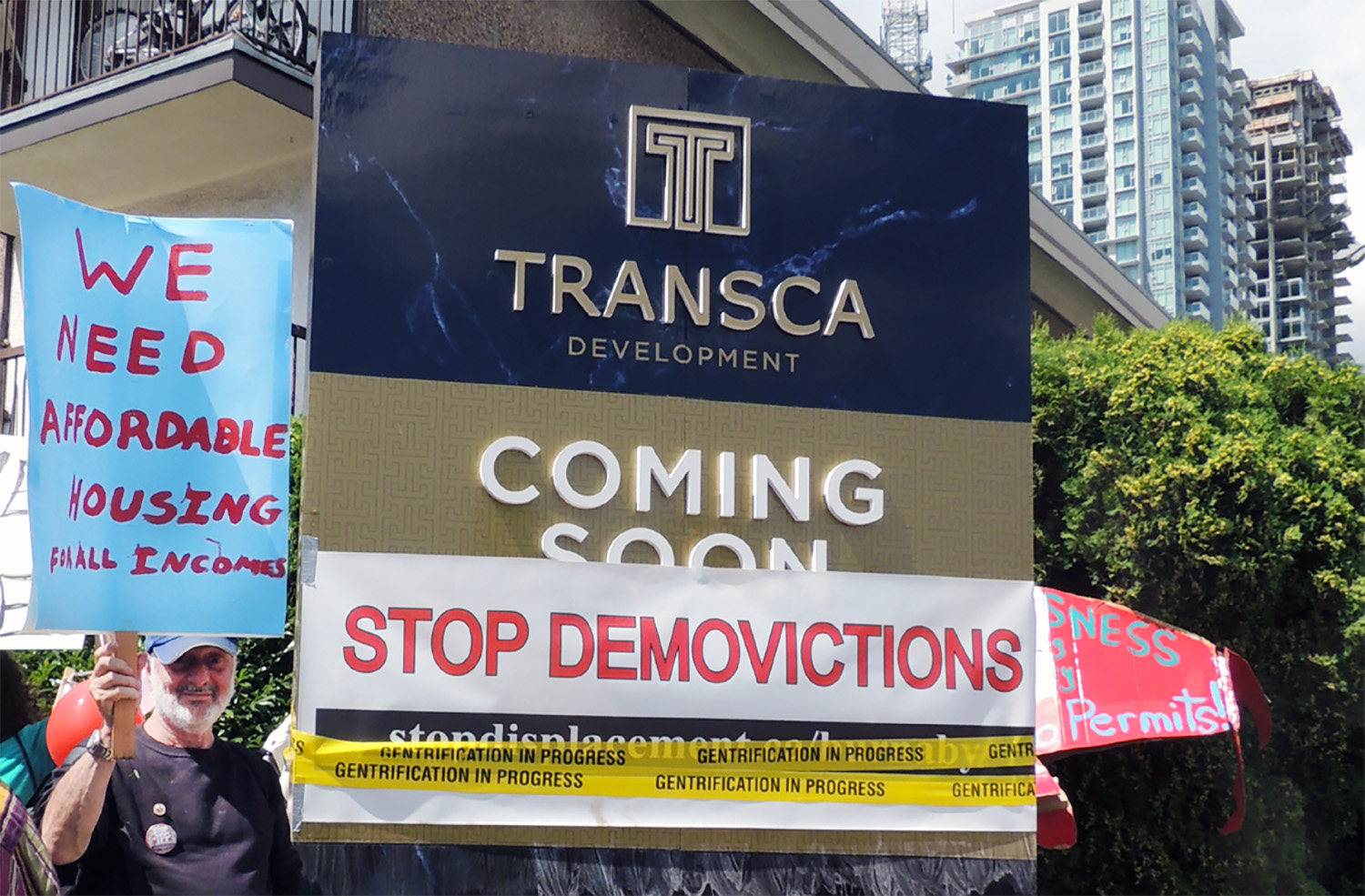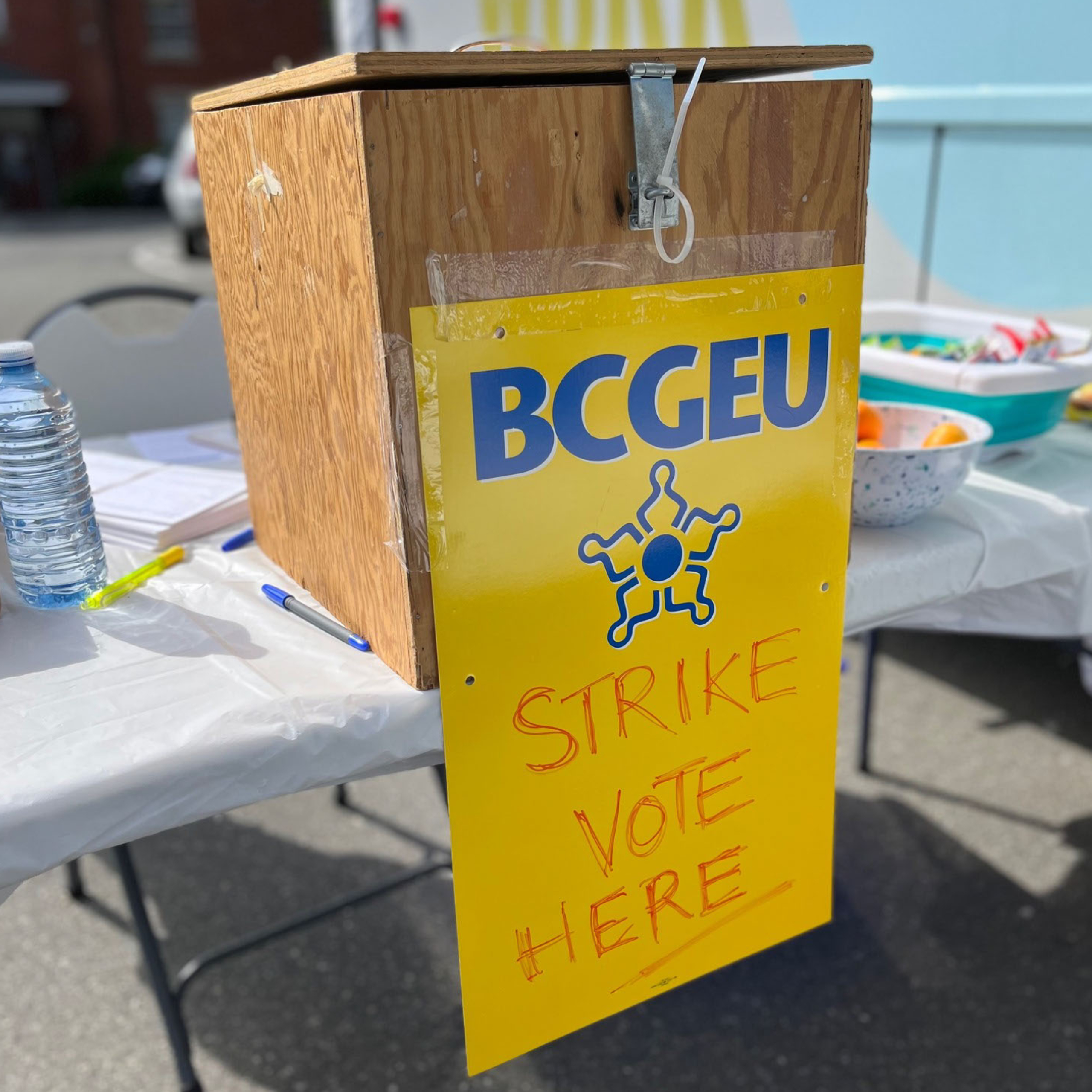PV Vancouver Bureau
On Nov. 24, the child and youth advocacy group First Call BC released its annual Child Poverty Report Card, showing that 19.8 percent of children here live in poverty. Child poverty in BC has seen ups and downs over the years, but is now the same as 20 years ago. The report card uses Statistics Canada’s low-income measure (LIM) from 2014, since Canada does not have an official poverty line.
In 2014, a total of 163,000 B.C. children lived in poverty, including 50 per cent of those living with single parents, and high numbers of foster children aging out of care, children of recent immigrants, Indigenous children, children in visible-minority families and children with a disability.
“We want to shine a light on the over-represented groups,” said Adrienne Montani, First Call’s coordinator. The group advocates a poverty reduction plan (BC is the only province without one), with goals to reach by set dates, including measures such as higher minimum-wage and social assistance rates, a $10/day child care plan, living wages, more supports for post-secondary education, and increased time and pay for maternity and parental care.
For years B.C. had the highest child-poverty rate in Canada, but today Manitoba, Saskatchewan, Nova Scotia and New Brunswick have higher rates. Quebec (15.1 per cent) and Alberta (15.5) have the lowest rates in the country. The national rate is 18.5 per cent.
Montani says the provincial shift reflects how statistics are calculated, rather than a sudden improvement for British Columbia. Previously, the data did not include people living on reserves, which is a major factor for Saskatchewan and Manitoba. More recent statistics also include a larger set of data from the Maritime provinces.
Other information from the report:
* In 2016, 33,300 B.C. children relied on food banks
* B.C. has the highest ratio of income inequality among all provinces when comparing the richest 10 per cent with the poorest 10 per cent.
* About half of former foster children will go on income assistance after turning 19 and losing access to government supports. This “aging out” policy triggers up to $268 million in additional costs related to homelessness, hospitalization, and mental health issues. The report says providing youth with consistent financial support until age 25 would be far less expensive.
* 40 per cent of B.C.’s homeless youth have been in government care.
* The child poverty rate in British Columbia is four per cent higher than the overall poverty rate in the province.
* By area, the highest child poverty rates in B.C. include Duncan at 31 per cent, and Port Alberni and Prince Rupert, both at 30 per cent. The lowest rates are Fort St. John (12 per cent), Squamish (15 per cent) and Victoria (16 per cent).
* Over half of poor children in B.C. live in Metro Vancouver, which has a 19.3 child poverty rate overall. The Guildford, Newton and Whalley areas of Surrey have the most children living in poverty while northeast Vancouver has the highest percentage.
* Children in single family households have a much higher chance of living in poverty than children in couple families – 50 per cent compared to 12 per cent. Eight out of 10 of those families are female-led.
(The full report can be accessed online at firstcallbc.org)




